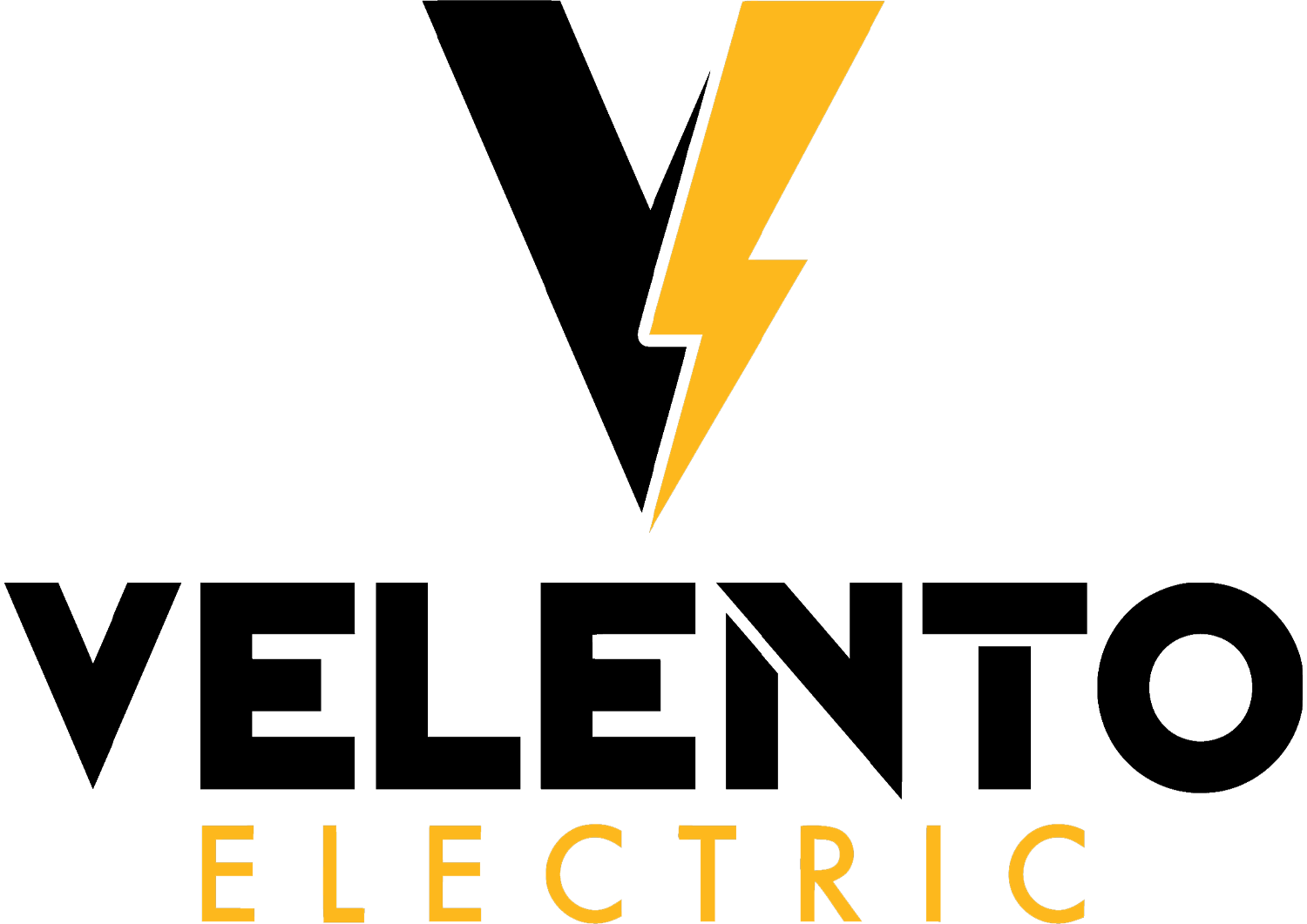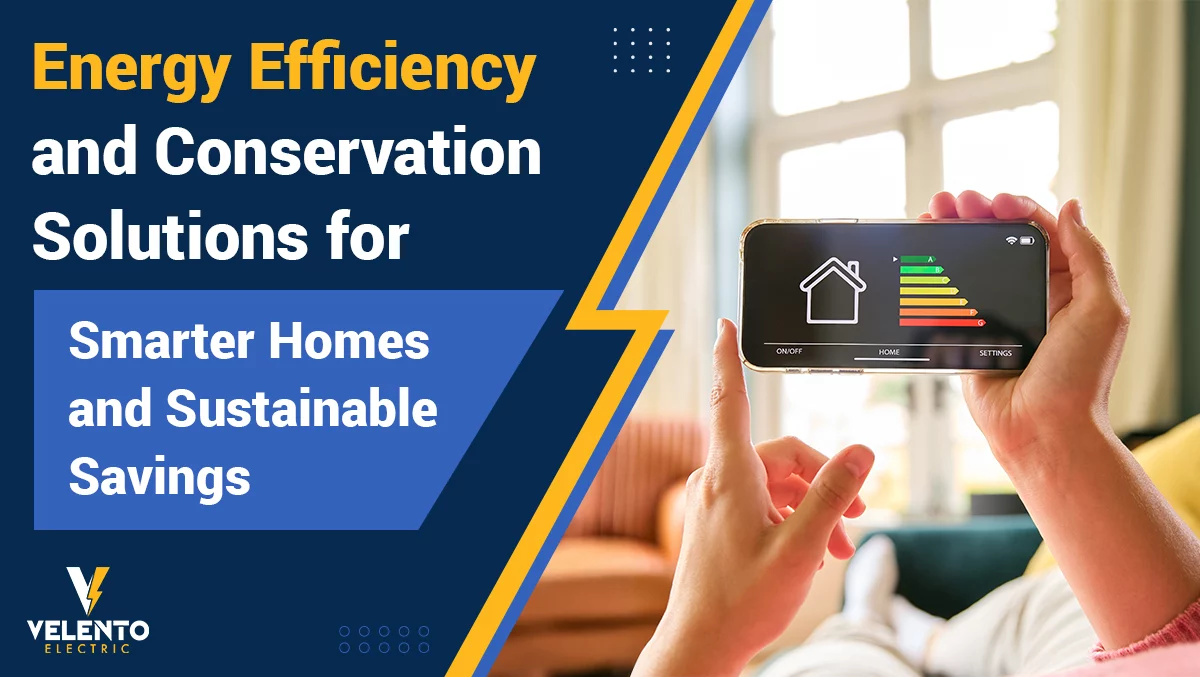🏠 Introduction: Why Energy Efficiency Matters in 2025
As climate concerns grow and utility costs continue to rise, energy efficiency and conservation solutions are no longer a luxury—they’re a necessity. Modern homeowners and businesses alike are turning to smart technology, sustainable design, and proactive behavior to reduce energy use and environmental impact.
The shift toward energy-efficient living is more than just an eco-friendly trend—it’s a long-term strategy for saving money, increasing property value, and reducing our carbon footprint. In this blog, we’ll explore how to make your home smarter, greener, and more cost-effective with proven conservation solutions.
🔍 What Is Energy Efficiency and Conservation?
Though often used interchangeably, energy efficiency and energy conservation are two different but complementary approaches:
- Energy Efficiency
This refers to using technology that requires less energy to perform the same task. For example, LED bulbs use 75% less energy than incandescent lights.
- Energy Conservation
This involves behavioral changes that reduce energy use. Turning off lights when leaving a room or using natural ventilation instead of AC are examples.
Both strategies aim to reduce waste, save money, and extend the life of non-renewable resources.
🧠 Benefits of an Energy-Efficient Home
Whether you live in a small apartment or a large house, implementing energy efficiency solutions delivers measurable advantages:
Key Benefits:
✅ Lower monthly utility bills
✅ Increased property resale value
✅ Reduced carbon footprint
✅ Enhanced indoor comfort and air quality
✅ Extended lifespan of appliances and systems
✅ Eligibility for rebates and tax credits
An energy-efficient home isn’t just smart—it’s a sound investment in your lifestyle and the planet.
💡 Smart Lighting and LED Technology
Lighting accounts for nearly 15% of the average home’s electricity use. Switching to smart lighting is one of the quickest ways to see a drop in your energy bill.
- Recommended Solutions:
- Replace all incandescent and CFL bulbs with ENERGY STAR-rated LED bulbs
- Install motion sensors or dimmers to control usage
- Use smart lighting systems like Philips Hue or Lutron for automation
- Take advantage of daylight by positioning furniture near windows
Why It Matters:
✅ LEDs use 75–90% less energy
✅ Last up to 25 times longer than traditional bulbs
✅ Smart systems allow control from your phone—even remotely
🌡️ HVAC Upgrades and Smart Thermostats
Heating and cooling represent over 50% of a home’s energy usage. Optimizing your HVAC system is one of the most impactful energy-saving upgrades.
- Smart Strategies:
- Install a smart thermostat like Nest or Ecobee
- Schedule HVAC usage based on occupancy
- Use ceiling fans to reduce AC reliance
- Seal ductwork and insulate exposed ducts
- Clean filters monthly to ensure system efficiency
Benefits:
✅ Smart thermostats reduce heating/cooling costs by up to 23%
✅ Zoning systems provide room-by-room control
✅ Maintenance boosts system lifespan and reliability
🪟 Insulation and Window Efficiency
A well-insulated home holds conditioned air better, reducing your heating and cooling load.
- Key Solutions:
- Upgrade to double-pane or triple-pane windows
- Apply weatherstripping and caulking around windows and doors
- Use thermal curtains or blinds during extreme weather
- Add attic and crawlspace insulation (R-38 minimum recommended)
Results:
✅ Prevents heat loss in winter and heat gain in summer
✅ Reduces HVAC workload
✅ Improves year-round comfort
🔌 Energy-Efficient Appliances and Electronics
Appliances like refrigerators, washing machines, and water heaters consume significant energy over time.
- What to Look For:
- ENERGY STAR rating
- Inverter technology (especially for ACs and fridges)
- Front-load washing machines vs. top-load
- Induction cooktops instead of electric coil stoves
Appliance Upgrade Advantages:
✅ Use up to 50% less energy
✅ Quieter and more durable
✅ Often qualify for energy rebates
🚿 Water Heating and Low-Flow Fixtures
Water heating is the second-largest energy expense in a typical home.
- Energy-Saving Actions:
- Switch to tankless or solar water heaters
- Insulate hot water pipes and heater tank
- Install low-flow faucets and showerheads
- Use cold water for laundry whenever possible
Benefits:
✅ Reduces water and energy usage simultaneously
✅ Cuts heating costs by up to 30%
✅ Enhances overall system efficiency
🔋 Home Energy Monitoring and Smart Meters
Knowledge is power—literally. Monitoring your energy consumption in real-time helps you make informed decisions.
- Tools to Use:
- Home energy monitors like Sense or Emporia
- Smart plugs to track usage of individual devices
- Utility-provided smart meters for accurate billing
- Set usage alerts and daily consumption limits
Insights You Gain:
✅ Identify energy-hogging appliances
✅ Eliminate phantom loads (standby power)
✅ Adjust habits and schedules accordingly
🌞 Renewable Energy Integration (Solar and More)
Generating your own energy is the ultimate path to energy independence.
- Solar Power:
- Rooftop solar panels reduce reliance on the grid
- Net metering can offset bills or earn you credits
- Payback period: ~5–8 years depending on location and incentives
- Other Options:
- Solar water heaters
- Wind turbines (in rural or open-space areas)
- Battery storage systems (e.g., Tesla Powerwall)
Why Go Renewable?
✅ Long-term savings and energy independence
✅ Increases home value
✅ Qualifies for federal and local tax incentives
🛠️ Professional Home Energy Audits
Sometimes you need a professional to uncover inefficiencies you can’t see.
- What an Audit Includes:
- Infrared scans to detect air leaks
- Appliance efficiency tests
- HVAC performance assessments
- Insulation and airflow diagnostics
Outcomes:
✅ Detailed report of inefficiencies
✅ Prioritized action plan
✅ Peace of mind from expert guidance
🧠 Simple Conservation Habits That Work
You don’t need to spend thousands to start saving today.
Easy-to-Implement Habits:
✅ Unplug unused chargers and electronics
✅ Wash full loads only (dishwasher/laundry)
✅ Turn off lights when leaving rooms
✅ Use microwave instead of oven for small meals
✅ Limit thermostat adjustments (stick to preset schedules)
✅ Let clothes air-dry when possible
Small changes, when adopted consistently, add up to significant long-term savings.
📊 Financial Incentives and Rebates You Should Know
Governments and utilities often reward eco-conscious homeowners.
- Common Incentives:
- Federal solar tax credits (ITC in the U.S.)
- State rebates on smart thermostats and appliances
- Local property tax exemptions for green improvements
- Utility-sponsored efficiency programs
Tip:
Check websites like energystar.gov or your regional power board’s website to find programs available in your area.
📈 Long-Term ROI of Energy Efficiency Investments
Many homeowners hesitate to upgrade due to upfront costs—but most solutions pay for themselves within a few years.
Upgrade Type | Avg. Cost | Annual Savings | Payback Time |
LED Lighting | ₹5,000 | ₹1,500 | 3–4 months |
Smart Thermostat | ₹12,000 | ₹5,000 | 2–3 years |
Solar Panel System | ₹4–6 Lakhs | ₹40,000–₹60,000 | 6–8 years |
Energy Audit | ₹7,000 | ₹12,000 | 1 year |
Once recovered, these upgrades continue to generate savings year after year.
🏗️ Designing Energy-Efficient Homes From the Ground Up
For those planning a renovation or new construction, the best time to maximize energy efficiency is before the first brick is laid. Architectural design plays a major role in minimizing a home’s energy demands for decades to come.
- Design Strategies That Pay Off Long-Term:
- Passive solar design – Orienting the home to capture or block sunlight seasonally
- Thermal mass materials – Using stone, concrete, or brick to naturally regulate temperatures
- Cool roofing – Reflective materials that prevent excessive heat absorption
- Cross ventilation – Window and layout design that encourages natural airflow
- Earth berming – Building part of the structure into the earth for insulation benefits
By working with eco-conscious architects or design consultants, homeowners can future-proof their living spaces with built-in conservation features.
🧯 Emergency Preparedness and Energy Security
An energy-efficient home isn’t just a sustainable one—it’s a resilient one. As power outages and climate-driven disruptions increase globally, homes with backup systems and low consumption needs fare far better during emergencies.
Ways Energy Efficiency Supports Emergency Readiness:
✅ Solar + battery systems provide off-grid power during blackouts
✅ Energy-efficient appliances require less generator fuel
✅ Well-insulated homes retain heat or cool air longer
✅ Smart systems can prioritize essential devices automatically
In essence, a low-consumption home becomes a survival-ready home—a critical consideration in today’s unpredictable world.
🧩 Neighborhood and Community-Scale Solutions
Beyond individual homes, entire neighborhoods are exploring shared energy efficiency and conservation models.
- Emerging Trends in Community Energy Planning:
- Microgrids – Localized energy grids powered by solar or wind, often with shared battery storage
- District heating – Centralized heating systems for urban or residential clusters
- Energy cooperatives – Residents pooling funds to invest in bulk solar or energy-efficient infrastructure
- Smart community lighting – Motion-sensor streetlights and solar-powered public lighting
These shared systems distribute cost, improve equity, and amplify impact—turning neighborhoods into net-zero zones.
🧠 The Psychology Behind Energy Habits
Energy efficiency doesn’t just happen through technology—it happens through habit formation and behavior science. Understanding how and why people make energy decisions helps in crafting better conservation strategies.
- Behavioral Barriers to Energy Savings:
- Invisibility – Energy waste isn’t always seen or felt immediately
- Convenience bias – People favor easy, habitual choices over efficient ones
- Upfront cost fears – Long-term ROI is often undervalued
- Split incentives – Renters may not invest in improvements they can’t own
Behavioral Nudges That Work:
✅ Real-time energy dashboards create awareness
✅ Gamification (e.g., usage leaderboards in apartment complexes) motivates change
✅ Incentive programs (rebates, bonuses) reward efficiency
✅ Peer influence and social proof drive adoption (“My neighbors are doing it, too.”)
Behavioral design + technology = exponential savings.
🎓 Energy Education for the Next Generation
One of the most sustainable strategies of all? Teaching energy literacy early. When children understand where energy comes from and why conservation matters, they grow up to be smarter consumers and future innovators.
- Ideas to Promote Energy Awareness in Families and Schools:
- Family “energy challenges” with monthly savings goals
- School field trips to solar farms or power plants
- Kid-friendly apps and games that teach efficiency
- Student-designed conservation campaigns (posters, videos, workshops)
- Involving teens in household energy audits or decision-making
An energy-smart generation ensures long-term environmental stewardship.
🔄 Circular Economy and Product Lifespan Awareness
Conservation goes beyond using less—it also means extending the life of what you already have. The longer a product or appliance is used effectively, the less strain is placed on energy-intensive manufacturing and disposal systems.
- Sustainable Product Use Practices:
- Choose repairable appliances over disposable ones
- Opt for products with modular or upgradeable parts
- Buy secondhand or refurbished electronics
- Recycle e-waste through certified programs
- Check energy labels before buying replacements
The goal isn’t just to consume efficiently—it’s to consume consciously.
🧬 Integrating AI and Automation for Smart Energy Optimization
Artificial Intelligence (AI) is transforming how homes interact with energy. From learning thermostats to predictive usage algorithms, AI creates precision-based conservation.
- Examples of AI in Action:
- Predictive HVAC systems that adjust before occupancy
- AI-driven solar systems that optimize energy harvesting
- Smart fridges that run cooling cycles during off-peak hours
- Integrated home hubs that learn user routines and cut idle loads
The result is automated efficiency, where the home adjusts itself continuously for minimal energy use—with minimal human effort.
🔄 Bridging Energy Efficiency With Home Health
Energy efficiency upgrades don’t just save power—they also improve indoor health and wellness.
Health Benefits of an Energy-Efficient Home:
✅ Better insulation reduces drafts and airborne pollutants
✅ Efficient HVAC systems filter allergens and humidity
✅ LED lighting minimizes eye strain and heat
✅ Quieter appliances reduce noise pollution
✅ Cleaner energy use lowers exposure to emissions and toxins
A smarter, greener home is also a healthier place to live—especially for children, seniors, and individuals with respiratory conditions.
🏢 Commercial and Multi-Family Applications of Energy Efficiency
While much of the energy conversation centers on single-family homes, multi-unit dwellings, apartment buildings, and commercial spaces are just as critical to sustainable change.
- Why Large-Scale Efficiency Matters:
- Commercial buildings account for over 35% of global electricity usage
- Multi-family units often share walls and systems, making centralized upgrades highly effective
- Businesses benefit from operational cost reductions and ESG compliance
- Larger systems = higher impact when optimized
Strategies for Commercial and Shared Spaces:
✅ Central HVAC retrofits with high-efficiency chillers and boilers
✅ Smart building management systems (BMS) for real-time energy controls
✅ Occupancy-based lighting and elevator controls
✅ Green roofing and reflective materials for large rooftops
✅ Automated blinds and daylight harvesting in offices
These upgrades not only deliver savings—they also enhance tenant retention, productivity, and building value.
🔄 Seasonal Energy Efficiency Planning
Energy use fluctuates with the seasons. By adapting your strategy accordingly, you can maximize efficiency year-round.
Summer Efficiency Tips:
- Install solar shades or exterior blinds
- Use ceiling fans before turning on AC
- Program thermostats for warmer daytime setpoints
- Run appliances like dishwashers and dryers at night (off-peak hours)
Winter Efficiency Tips:
- Reverse ceiling fan direction to push warm air downward
- Open south-facing blinds during the day, close them at night
- Use smart thermostats with adaptive learning during cold snaps
- Seal gaps around chimneys and attic hatches
Energy efficiency isn’t static—it evolves with your climate.
🧾 Tax-Advantaged Financing and Green Mortgage Incentives
For homeowners and real estate investors, energy efficiency is not just a lifestyle upgrade—it’s a strategic financial move when paired with the right financing options.
- Green Financing Tools You Can Use:
- Energy-Efficient Mortgages (EEMs) – Offered by lenders to finance upgrades alongside home purchases
- PACE Programs – Allow upgrades to be financed via property tax assessments (available in some U.S. states)
- Government-Subsidized Loans – Low-interest loans for insulation, solar, or HVAC through state energy departments
- On-Bill Financing – Allows homeowners to repay utility-approved upgrades through energy savings on future bills
These options make it easier to invest today and save monthly, with benefits compounding over time.
📱 Mobile Apps for Energy Management
In today’s mobile-first world, energy conservation is as easy as a swipe. There are dozens of free and paid mobile apps that allow users to monitor, control, and improve their consumption habits.
Top Features to Look For:
✅ Real-time usage tracking
✅ Appliance-by-appliance breakdowns
✅ Budget setting and usage forecasts
✅ Integration with smart home devices
✅ Notifications about peak-hour pricing and anomalies
Popular Apps:
- JouleBug – Gamifies energy saving in communities
- Sense – Tracks real-time home energy usage
- Wiser Energy – Smart plug and system monitor
- EnergyHub – Connects to multiple utilities and devices
Mobile tools bridge the gap between awareness and action.
🧩 Local Policies and Building Codes Driving Adoption
In many cities and regions, energy-efficient design is no longer optional—it’s enforced. Governments are increasingly integrating green standards into residential and commercial building codes.
- Notable Mandates and Trends:
- New buildings required to meet LEED or IGBC standards
- Mandatory energy audits for buildings over a certain square footage
- Zoning laws that support green roofing or solar access
- Requirement for electric vehicle (EV) charger readiness in parking spaces
- Restrictions on fossil-fuel-based systems in new construction
These policies don’t just reduce carbon—they also standardize sustainability, making it easier for builders, buyers, and landlords to align.
🏆 Recognizing Certifications That Matter
Consumers and professionals alike benefit from recognizing and pursuing legitimate green certifications.
- Residential Certifications:
- LEED for Homes – Leadership in Energy and Environmental Design
- ENERGY STAR Certified Home – Verified energy savings
- Green Point Rated (California) – Includes water, energy, air quality criteria
- Passive House – Extreme energy efficiency, often net-zero
- Product and Appliance Certifications:
- ENERGY STAR – Energy performance above industry standard
- BEE Star Ratings (India) – Bureau of Energy Efficiency label
- Water Sense (US EPA) – Water-efficient product verification
- EPEAT – For eco-friendly electronics and office gear
Certifications increase transparency and guide consumers toward higher-efficiency choices.
📦 Sustainable Packaging and Smart Procurement Choices
Energy efficiency doesn’t stop at the plug—it extends to how you source and buy what you use.
Energy-Smart Procurement Habits:
✅ Favor locally made goods to reduce embedded transportation energy
✅ Choose brands using recyclable or compostable packaging
✅ Consolidate orders to reduce delivery carbon
✅ Purchase in bulk to reduce individual packaging
✅ Subscribe to energy-conscious vendors and utilities
From your food to your lightbulbs, every purchasing decision shapes your home’s footprint.
📣 Building a Culture of Conservation at Home
Energy efficiency begins with awareness, but it thrives with culture. Whether you live alone or with family, fostering shared responsibility around energy use helps create habits that last.
- Ways to Build an Energy-Conscious Household:
- Schedule weekly check-ins to review usage and goals
- Make efficiency a shared challenge with rewards
- Involve kids in unplugging devices and turning off switches
- Label switches and thermostats for clarity and motivation
- Post progress reports on the fridge to visualize change
Your home is more than walls—it’s a system. And with the right mindset, it becomes a daily ecosystem of conservation.
🌍 Final Thoughts: Efficiency Is the New Luxury
Energy efficiency and conservation are no longer just “green goals.” They’re fundamental to modern living—offering financial relief, comfort, and peace of mind.
From smart technology and insulation to behavior shifts and renewable energy, today’s homes have the power to do more with less.
Every watt saved is money earned—and a step closer to a sustainable future.
Ready to turn your home into a smarter, more sustainable space?
✅ Start small. Audit your home. Swap a few bulbs. Install a smart plug.
Then scale up—with confidence, clarity, and cost savings built right in.
Efficiency starts at home. Why not yours?












